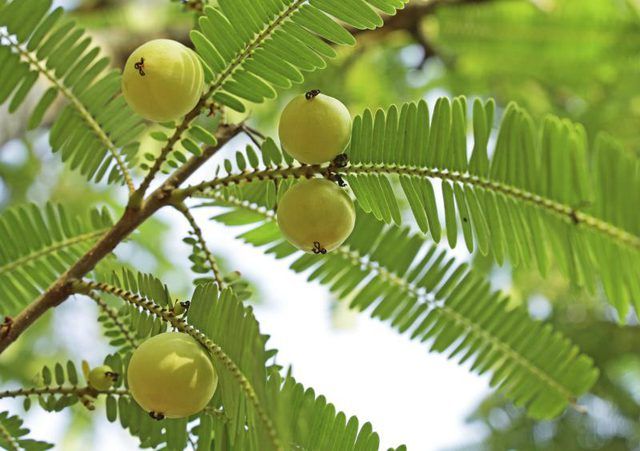Bulbs
Flower Basics
Flower Beds & Specialty Gardens
Flower Garden
Garden Furniture
Garden Gnomes
Garden Seeds
Garden Sheds
Garden Statues
Garden Tools & Supplies
Gardening Basics
Green & Organic
Groundcovers & Vines
Growing Annuals
Growing Basil
Growing Beans
Growing Berries
Growing Blueberries
Growing Cactus
Growing Corn
Growing Cotton
Growing Edibles
Growing Flowers
Growing Garlic
Growing Grapes
Growing Grass
Growing Herbs
Growing Jasmine
Growing Mint
Growing Mushrooms
Orchids
Growing Peanuts
Growing Perennials
Growing Plants
Growing Rosemary
Growing Roses
Growing Strawberries
Growing Sunflowers
Growing Thyme
Growing Tomatoes
Growing Tulips
Growing Vegetables
Herb Basics
Herb Garden
Indoor Growing
Landscaping Basics
Landscaping Patios
Landscaping Plants
Landscaping Shrubs
Landscaping Trees
Landscaping Walks & Pathways
Lawn Basics
Lawn Maintenance
Lawn Mowers
Lawn Ornaments
Lawn Planting
Lawn Tools
Outdoor Growing
Overall Landscape Planning
Pests, Weeds & Problems
Plant Basics
Rock Garden
Rose Garden
Shrubs
Soil
Specialty Gardens
Trees
Vegetable Garden
Yard Maintenance
How to Grow Indian Gooseberry From Seed
How to Grow Indian Gooseberry From Seed. Indian gooseberry (Phyllanthus emblica, formerly Emblica officinalis) is a graceful, medium to tall tree with feathery leaves, hardy in U.S. Department of Agriculture plant hardiness zones 10 and 11. Native to tropical Asia, green fruit about 1 1/4 inch in diameter ripen to white or greenish-yellow....

Indian gooseberry (Phyllanthus emblica, formerly Emblica officinalis) is a graceful, medium to tall tree with feathery leaves, hardy in U.S. Department of Agriculture plant hardiness zones 10 and 11. Native to tropical Asia, green fruit about 1 1/4 inch in diameter ripen to white or greenish-yellow. Inconspicuous male and female flowers appear on the same tree in summer, with fruit ripening in the winter and early spring. Six seeds occur in a somewhat six-sided stone in the middle of the fruit.
Harvesting Seeds
Seeds usually come from overripe fruits that have been dried so the stone comes out more readily. To prevent the seeds entering dormancy -- as dormant seeds have a low germination rate -- harvest seeds soon after the fruits become overripe or dried. Plant scientists working with Indian gooseberry in India dry the fresh fruit until it bursts with a crackling sound, and then harvest the seeds, notes the Andhra Pradesh Forest Department. The fruit can also be cut in half, with the cut going through the stone as well. After separating the seeds from the stone, test them for viability by putting them in a small container of water. The seeds that sink will germinate. Discard those that float.
Sowing Seeds
Plant seeds immediately after harvesting. Sow 1/2 inch deep in 4-inch-wide pots filled within 1/2 inch of the top edge with a well-draining potting soil mix. Place the seed container in bright, indirect light in a warm location between 80 and 90 degrees Fahrenheit. Water the potting mix well and keep it slightly moist until germination occurs, generally in 24 to 50 days from sowing.
Growing Seedlings
Don't allow the seedlings to become rootbound. Unpot a seedling to see that roots extend to the sides of the 4-inch pot but aren't yet curling around the sides and base of the pot. Transplant the young trees into 10-inch-wide pots, and grow them until they have a stem diameter of about 1/4 inch, which may take four months. In frost-free areas, grow the transplanted seedlings outdoors in partial sunlight. When they reach the desired stem size, over the course of about a month, work the trees into progressively greater sunlight until they're in full sun. Then plant them into the ground. In frost-free areas, set them out at any time. In areas that experience cold winters, keep the seedlings as container plants, transplanting them into larger containers with drainage holes as they grow. This allows moving the tree indoors in colder weather.
Soil, Soil and Spacing
Plant Indian gooseberry in full sun. This tree tolerates a wide variety of well-draining soil types, from sandy loam to clay, and prefers a soil pH of 5.5 to 8.0. Before planting, dig in about a 2-inch-deep layer of a combination of well-aged manure and compost. The trees normally grow to 59 feet tall but can reach 100 feet tall. Space at least 25 feet away from nearby structures or other trees. Trees normally lose some leaves immediately after planting, but new leaves form as the trees establish.
Water Requirements
Water Indian gooseberry regularly during the first year or two it is in place. Don't keep the soil constantly wet. After the tree is established, it is fairly drought-tolerant. Water it during spring and summer while it is growing, flowering and fruiting if there is no rain. If you flood or basin irrigate, water every 15 to 30 days, and if sprinkler-irrigating, every week. Usually irrigation isn't needed during fall and winter.
Feeding the Tree
Fertilize the tree with 1 to 1 1/2 ounces of actual nitrogen for every year of the tree's age. Give half of the amount after fruit has set and the other half four months later. If you're using a 12-12-12 fertilizer on a 1-year-old tree, divide 1 ounce by the percentage of nitrogen, or 12, to equal 8 ounces, which would be about 4 ounces per application.